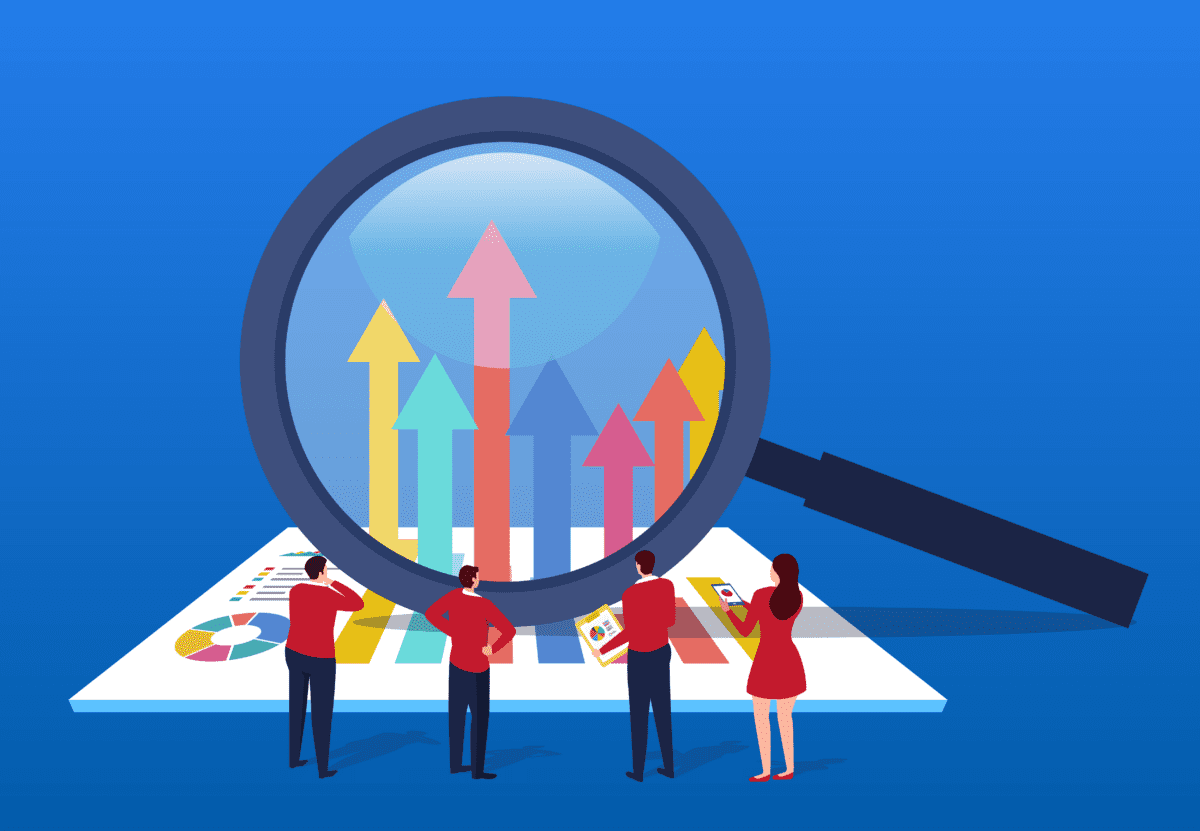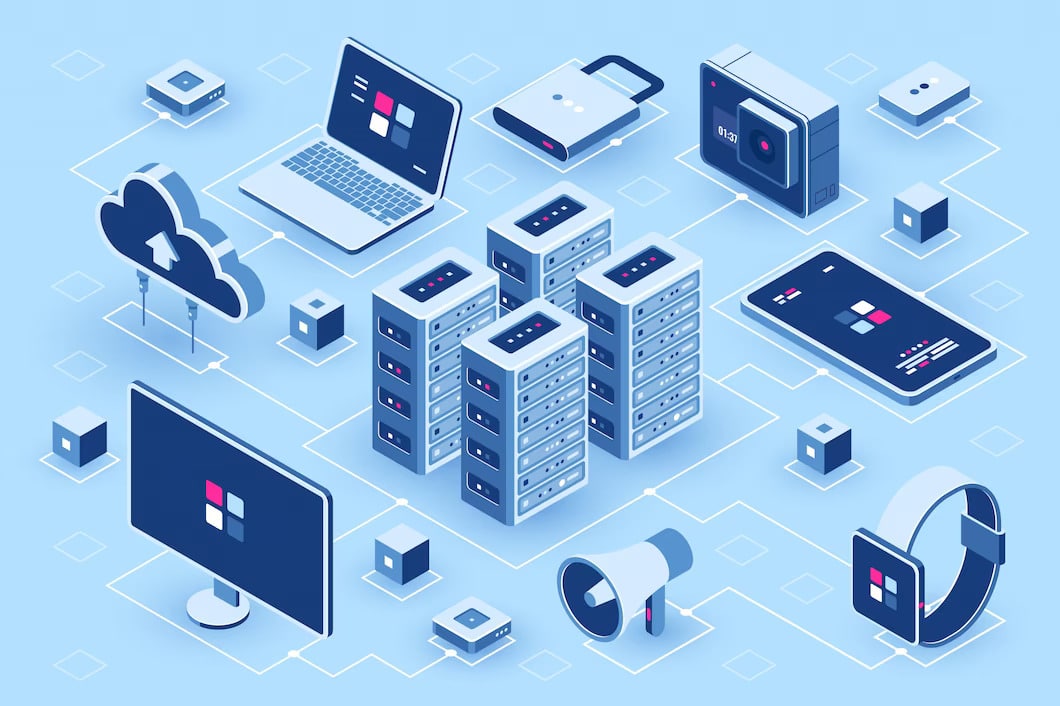Secondary education is a students’ last stop before either entering the workforce or continuing to higher education. Regardless of whichever path they choose, it is crucial to ensure thorough preparation for professional success. Using predictive analytics can increase a student’s likelihood of achieving this success and help continually improve upon their learning experience.
How is Data Analytics Being Used?
Primary and secondary education share many analytics use cases when it comes to improving student outcomes. Both are required to meet criteria based on standardized testing, English language learner proficiency, and additional nonacademic measures. However, secondary education places a much heavier weight on graduation and completion rates. Let’s explore how data is being used to influence the path to completion and advancing these student outcomes.
Attendance
Data analytics can be used to closely examine factors beyond grades such as attendance and the amount of time spent outside the classroom. Schools often have hundreds or even thousands of students, which can make identifying absence trends of individual students challenging.
Attendance and out-of-school suspension metrics, for example, can be monitored to highlight chronic absenteeism and potential at-risk students. This allows educators to decipher what factors might be supporting or hindering individual students. Reviewing this aggregate data can also bring determinants not typically associated with attendance, such as school climate, to light.
Graduation Rates
Graduation is the goal of every educator and student in secondary education. Though, pinpointing the advancing indicators that a student might drop out can be extremely difficult. Based on historical data, analytics tools can detect complex patterns and insights into signs a student might be in danger of not graduating. Recognizing initial warning signs and taking action early on can make all the difference in the long run.
Curriculum Adjustments
Continuously evaluating and improving upon instruction is another way data analytics is changing secondary education. Curriculum differences amongst feeder schools are an area of concern when it comes to a student’s success within secondary education. For example, say a nontraditional math course is offered at the traditional feeder school to align with the high school’s curriculum. If this course is not offered at the other middle schools in the area, this could position students from other areas to struggle with this topic at the high school level.
Data analytics would enable educators to monitor the performance of this target student group and highlight which students need additional support. This not only assists in keeping students on track with their peers but also maximizes student learning opportunities.
Conclusion
Big data is transforming the education sector through an increased focus on data-driven decision-making. Promoting these variables of student achievement is a fraction of the core benefits that come with adopting analytics in education. By taking a data-driven approach, any school can enhance student outcomes through actionable insights.












